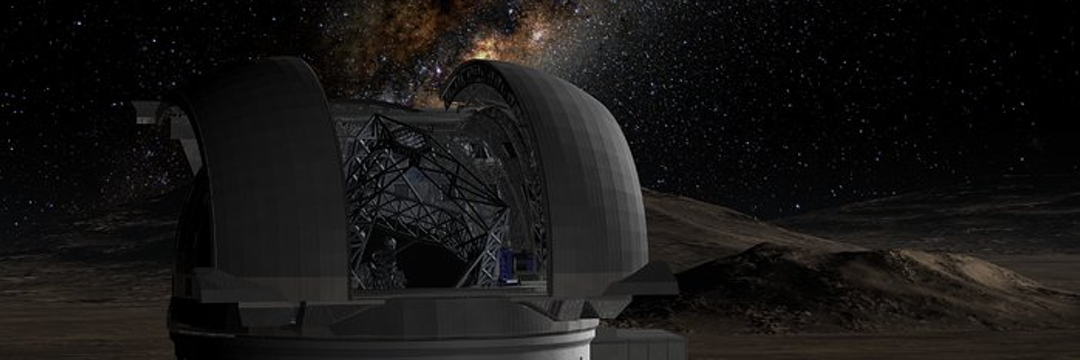
NASA’s James Webb Telescope has captured a stunning image of a “cosmic tornado” being expelled by a baby star
The image shows a cloud of hot gas erupting from a newborn star called the Herbig-Haro object, which is located about 625 light-years from Earth in the constellation Chameleon.
This beautiful gas cloud, named Herbig-Haro 49/50 (or HH 49/50), was created by combining images taken by two of the telescope’s instruments: the Near Infrared Camera (NIRCam) and the Mid Infrared Instrument (MIRI).
The colors in the image represent different types of infrared light, which our eyes cannot see.
Herbig-Haro objects are glowing nebulae that form when jets of ionized gas ejected by infant stars collide with the material around them at speeds of hundreds of kilometers per second.
These collisions heat the gas to extremely high temperatures, making it glow in both visible and infrared light, giving these objects a bright, bubbly appearance.
They typically appear in starburst regions-areas filled with gas and dust where young stars are forming-and change rapidly in astronomical terms, sometimes within a few years or decades.
These curious structures were first spotted in the late 19th century, but were only classified as a special type of object by astronomers George Herbig and Guillermo Haro in the 1940s, hence their name.
So far, more than a thousand Herbig-Haro objects have been found in various star-forming regions of our galaxy, such as the beautiful rainbow-like HH 30, photographed by James Webb in February.
HH 49/50 was discovered in 2006 by NASA’s now-retired Spitzer telescope.
It has been nicknamed the “cosmic tornado” because of its funnel-like shape.
It is located in the Chameleon Cloud I complex, one of the closest star-forming regions to Earth, and scientists believe that this place is similar to the environment where our Sun was born more than 4 billion years ago.
In the James Webb image, HH 49/50 looks like a group of arc-shaped shock waves, showing how gas is moving through space, outward from the protostar (a star in formation).
“Previous observations of this region show that the gas stream from HH 49/50 is moving away from us at speeds of between 100 and 300 kilometers per second and is just one part of a larger stream,” explains NASA.
Astronomers believe the protostar responsible for this gas outflow is a baby star called Cederblad 110 IRS4, which is about 1.5 light-years from HH 49/50.
This protostar is a Class I star, meaning it is very young by stellar standards, about 100,000 years old, and is still surrounded by a dense layer of gas and dust.
“HH 49/50 helps scientists understand the early stages of formation of low-mass stars like our Sun,” NASA says.
“The details of the gas outflow, shown in shades of red and orange, provide important clues about how young stars form and how the jets they launch affect their surroundings.”
The new James Webb image also revealed something surprising: A blurry object at the top of the gas column that appeared in the Spitzer images is not actually part of HH 49/50.
It is a distant spiral galaxy, which is in the background of the image.
Over thousands of years, this galaxy will end up being hidden by the churning gas of HH 49/50.
Published in 03/26/2025 23h09
Text adapted by AI (ChatGPT / Gemini) and translated via Google API in the English version. Images from public image libraries or credits in the caption. Information about DOI, author and institution can be found in the body of the article.
Reference article:
| Geoprocessing Drone Systems HPC |

| ERP and CRM Systems Mobile Systems AI |


